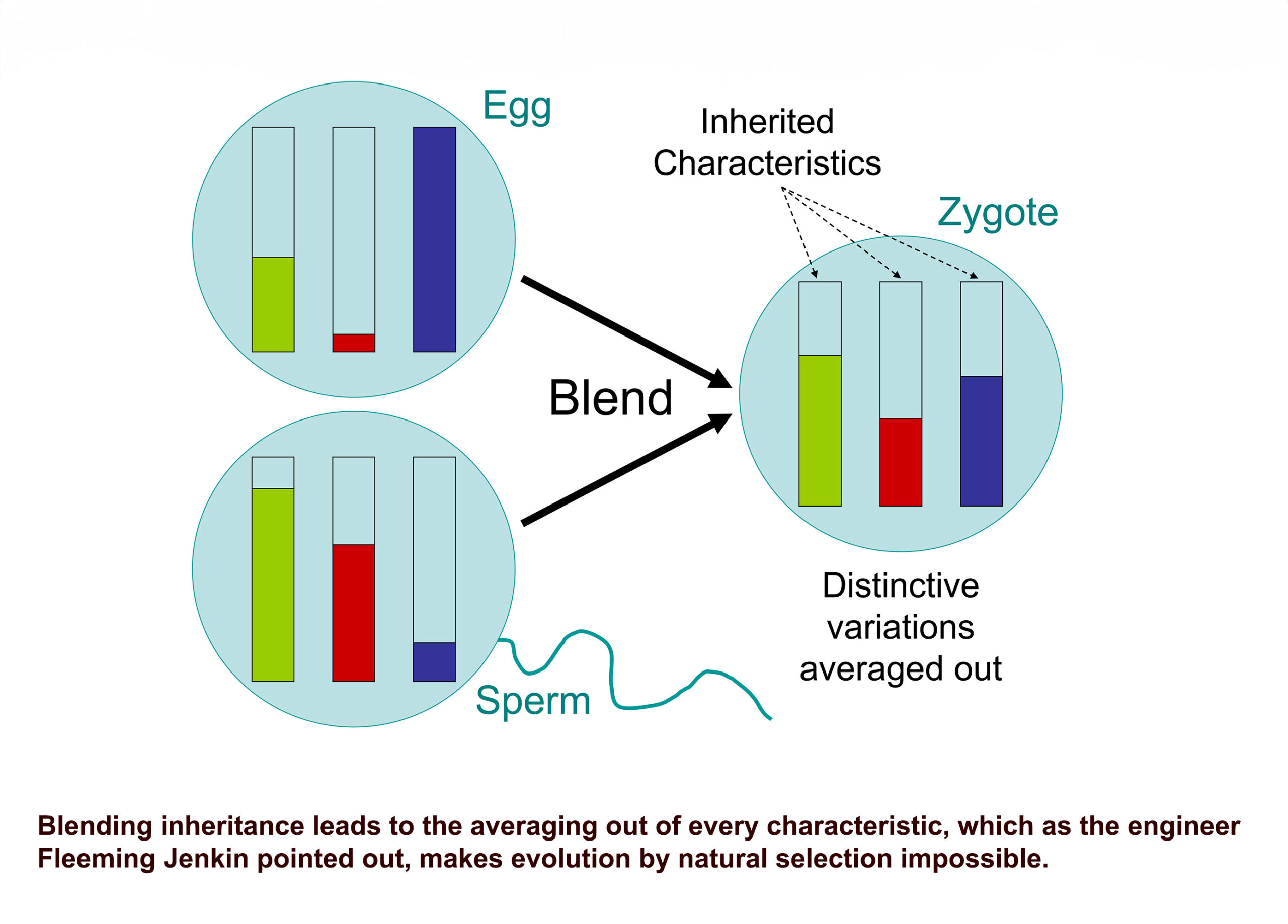
Ho’oponopono: Journey Beyond Negative Self-talk into Divine Simplicity
In today’s age of spiritual reawakening, ho’oponopono stands out like a beacon amidst the Hawaiian shores. A practice once obscured by time, ho’oponopono has seen a renewed interest. But, what has driven both beginners and seasoned spiritual practitioners towards it? And how does it challenge our current understanding of our universe and the internal dialogues we have?
Understanding the Internal Monologue
Imagine a child. Bright-eyed, they try to communicate their excitement, using newfound words. They listen to the chatter around them, absorbing, mimicking, and learning. As this child grows, these interactions, both positive and negative, become embedded within their psyche, slowly forming the basis for internal dialogues.
These self-conversations are learned behaviors, created by continuously replying and rehearsing scenarios in our heads. A critical teacher or a dismissive parent might wound a child’s burgeoning self-esteem, leading them to internalize these negative messages. Fast forward a few years, and this becomes the negative self-talk many of us grapple with. We might try changing this internal voice or substituting it with positive affirmations, but in the heat of the moment, we often revert to those old, insidious scripts.
However, these internal dialogues aren’t an intrinsic part of us. They’re conditioned responses, ingrained patterns. So, where does ho’oponopono fit into this?
The Beauty and Simplicity of Ho’oponopono
Ho’oponopono isn’t about band-aid solutions; it seeks to address the root cause. At its core, it propounds a deceptively simple yet profound ideology: what we perceive as our universe is merely a reflection of Divinity, distorted by our karmic data. While it might sound counter-intuitive, especially when juxtaposed against intricate quantum theories, this premise is remarkably straightforward.
In ho’oponopono, awakening means recognizing and moving beyond our conditioned responses. When this enlightenment first dawns, it’s akin to having your perception recalibrated. The world outside might signal that something monumental is transpiring. However, those old self-talk scripts don’t align with this fresh perspective. It’s a disconcerting feeling, like old clothes that no longer fit.
Some might even label this transitional phase as ‘madness,’ while others, more attuned to their spiritual journey, will recognize it as a necessary step. However, commonality doesn’t necessarily breed comfort.
Practical Steps Towards Embracing Ho’oponopono
At this juncture, it’s easy to feel overwhelmed. The urge to retreat to the comfort of old patterns can be potent. Yet, ho’oponopono offers a simple, potent remedy. Dr. Hew Len’s mantra, “Thank you, I love you,” serves as an anchor, a way to pull oneself back from the tumultuous seas of self-doubt and negative dialogues. The power of gratitude and love encapsulated in this mantra can help us recenter, redirecting our focus from external events to inner peace.
The Grand Tapestry of Our Existence
In this journey of self-awareness and self-love, ho’oponopono stands as a beacon, reminding us that the universe, in all its complexities, is but a reflection of our innermost selves. Every challenge, every negative self-dialogue, presents an opportunity to reconnect with our true selves, to clear the haze of karmic data, and to perceive the universe in its divine simplicity.
Embrace ho’oponopono. Move beyond the shackles of conditioned responses. And remember, whenever doubt threatens to cloud your path, simply whisper to yourself: “Thank you, I love you.”


You May Also Like

Ho’oponopono and the World of Harry Potter: Understanding Reality Through a Magical Lens

Dreaming with Open Eyes: Ho’oponopono and the Real Law of Attraction
